
[ad_1]
BERLIN: This year’s documenta — the contemporary art exhibition that takes place every five years in Kassel, Germany — eschews the idea of the individual artist working in isolation and embraces the collective. The show, which runs from June 18 until September 22, explores the intersections between art and life, less object-driven and more process-driven; artistic practice as social structure.
Mirwan Andan, a member of this year’s artistic directors, the Jakarta-based collective ruangrupa, tells Arabian Weekly: “We realized from the beginning that involving people from different backgrounds will enrich the idea of the collective. It’s not enough to involve artists.”
Ruangrupa have conceived documenta 15 around the idea of the “lumbung” — an Indonesian term for a communal rice barn. In this case, conceptually and in practice, it is similar to the Islamic notion of the jam’iyah, in which participants pool resources and redistribute them.
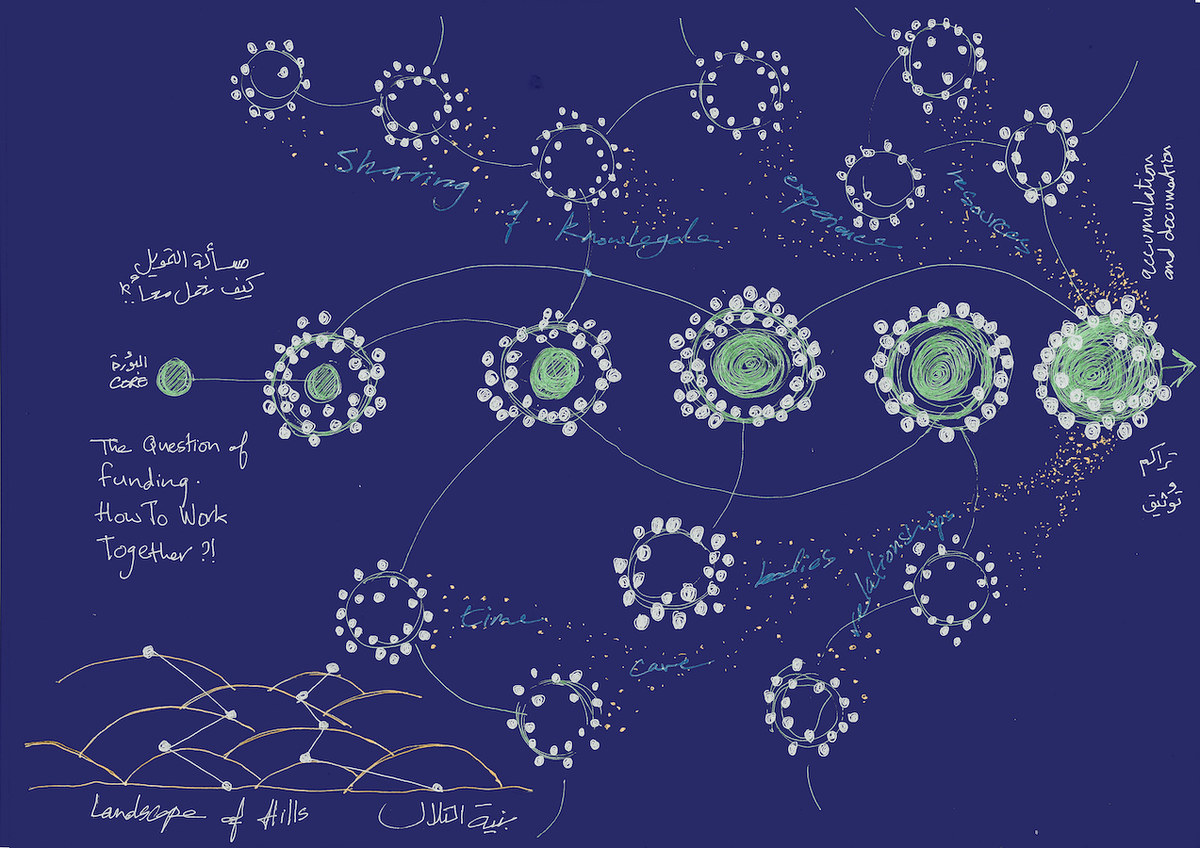
In fact, many of the organizing principles of documenta 15 are driven by aspects of Muslim culture, such as working groups forming a majlis, and the public program, entitled Meydan. “We don’t separate daily life from our practices, so lumbung is not a theme, it’s more (like) a software that can run on any hardware,” says Andan. “We want to experiment with this practice, which takes place in the Southern Hemisphere, rather than hijack the art world as curators.”
Ruangrupa are perhaps better known for the convivial spaces they open up in an urban context than the art that they make. For example, at the Sharjah Biennial in 2019, they staged “Gudskul” (pronounced “good school”), a public learning space established with two other collectives that provided a toolkit for knowledge sharing. Here, the roles of the teacher and the students were interchangeable.
“Many of the aspects of the ruangrupa space in Jakarta — a house, an exhibition space and a library of pirated books — which I came across in 2015 on a visit with the De Appel Curatorial Program, resonates with the informal artistic scene in Ramallah,” says Palestinian cultural worker Lara Khaldi, a member of documenta’s artistic team. “And what ruangrupa call ‘ekosistem’ — a set of relations you cannot define — are like the conversations that happen at home, in the garden and cafés.
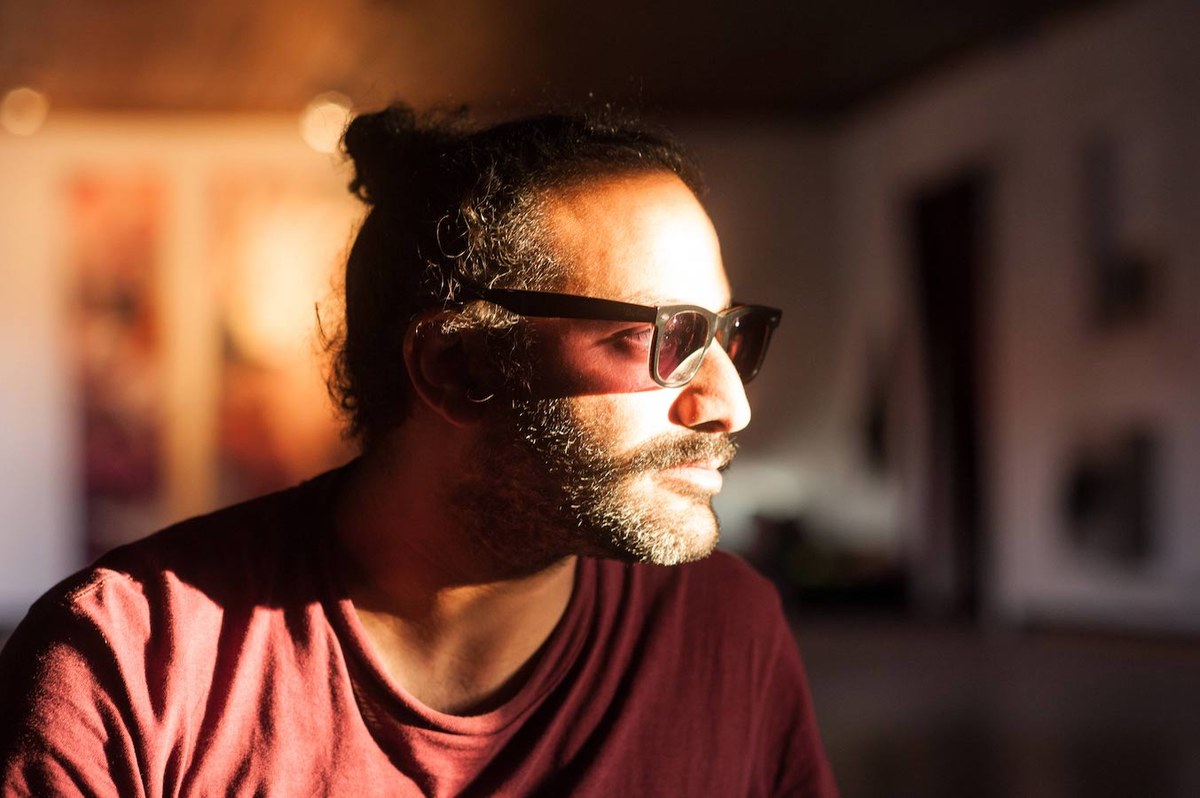
“The curator has become very much about the auteur, which isn’t an honest way of defining the role, since it is always about collective authorship,” Khaldi continues. “It’s interesting to look at the lumbung as a pre-colonial Indonesian practice that is also present in our cultural scene in the region.”
In addition to an artistic team, ruangrupa have created an international lumbung network of 14 collectives (whose work together will continue beyond documenta), including Question of Funding, a group of Palestinian cultural producers whose exhibition space in Kassel was recently subject to vandalism and fascist slogans.
Despite the expanded ways of thinking about geographic and political configurations — this year ruangrupa announced the participating artists based on time zones — the organizers still have to deal with Germany’s complex political and cultural climate as a place affected by both anti-Semitism and anti-Palestinian sentiment. It’s ironic because, as Amany Khalifa, formerly a community organizer at Grassroots Jerusalem and now a member of The Question of Funding, tells Arabian Weekly: “We wanted to avoid the representation of Palestinian art in documenta and getting stuck in identity politics. We are about the idea of the collective. Since 2016, we’ve met informally in kitchens and gardens, trying to create different economic structures, models that were left out by civil society. It’s the question of who owns the means of production, and this is applicable not just to Palestine.”
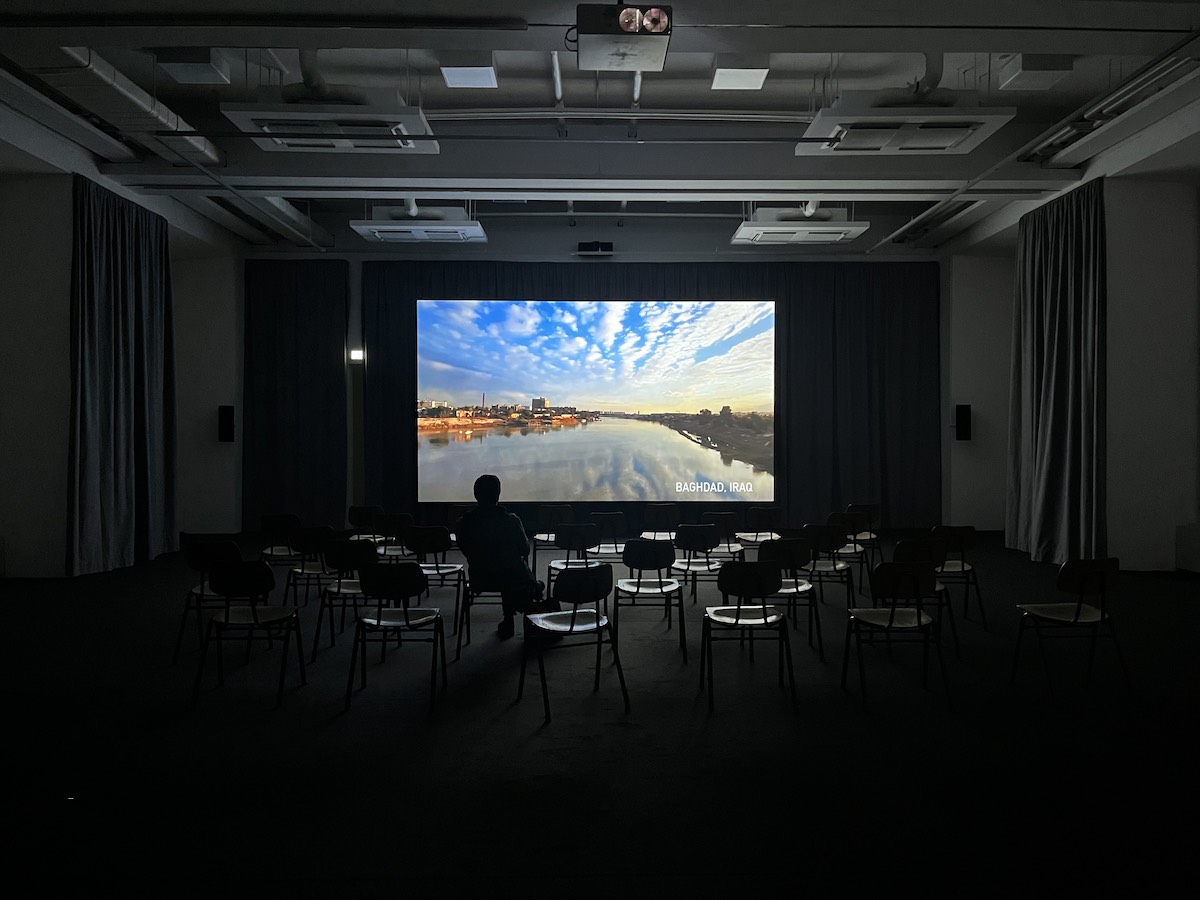
Drawing from what they call the “NGO-ization” of Palestinian civil society in the 1990s, The Question of Funding was formed in 2019 by NGO workers and institutional representatives of Khalil Sakakini Cultural Center and Popular Art Center, among others.
“We are using this dilemma as a framework to think of communal practices, and not just theoretically,” says artist and Question of Funding member Yazan Khalili. “The Question of Funding is a historical question. It attempts to move away from a critique of the donor’s economy to rethink what funding can be, and learn from other economic models.”
Khalili, became the chairman of the storied Sakakini Cultural Center, the first cultural NGO in Palestine, in 2015, after his MFA in Amsterdam. “Our approach was to take the economic crisis and flip it into a cultural one. We call this the total work of the cultural institution. It can be argued that the main tool for cultural practices in Palestine is an institution which is not only a means of production but also an ideological structure. So how do we practice institutionalism without recreating an institution? How do we form structures of production through the critique of the cultural institution as such? We are interested in creating artworks that look like they are of an institution, while producing structures in which the critique of the cultural institution can be practiced.”
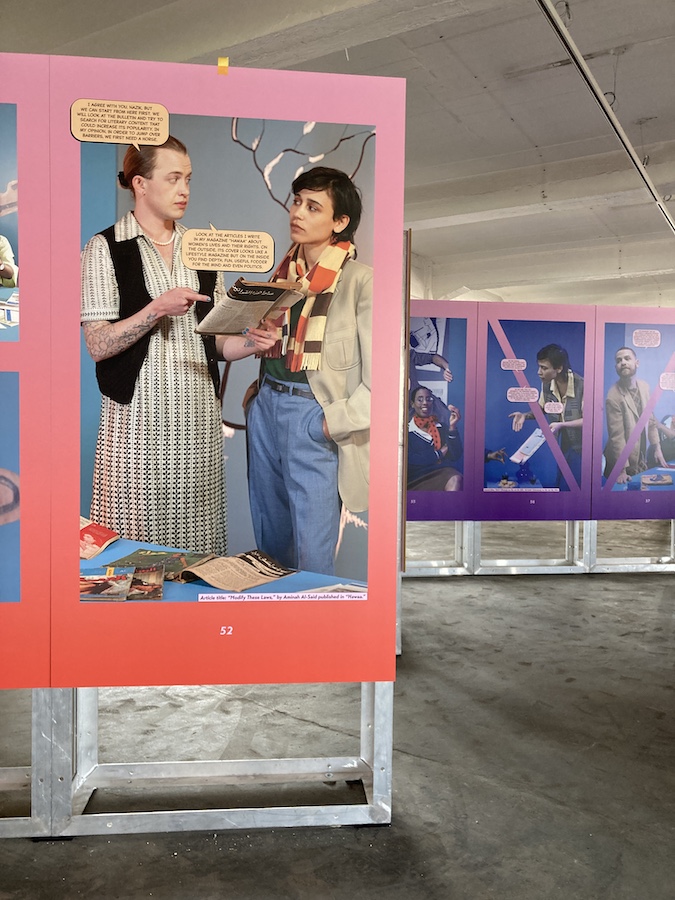
While, as a whole, the exhibition does emerge from a position of critique — of institutions, the art industry, and of exhibition-making itself — Khalili says that it’s an affirmative one. While the world is unstable — with pro-Palestinian, anti-apartheid thinkers and artists subject to smear campaigns — spaces in the art world are being created for alternative ways of thinking outside the political arena.
“What scares us the most is this buildup of McCarthyism and mass fear,” says Khalili. “But we’ve had support from German artists, academics, and collectives in Kassel. There is a lot of space to fight back.”
For documenta, The Question of Funding is organizing exhibitions and communal spaces with other collectives, including the Eltiqa Group for Contemporary Art in Gaza. With the help of writers and illustrators, they will also create a children’s book about the economy and a new economic medium called Dayra, a form of money-less exchange using blockchain technologies.
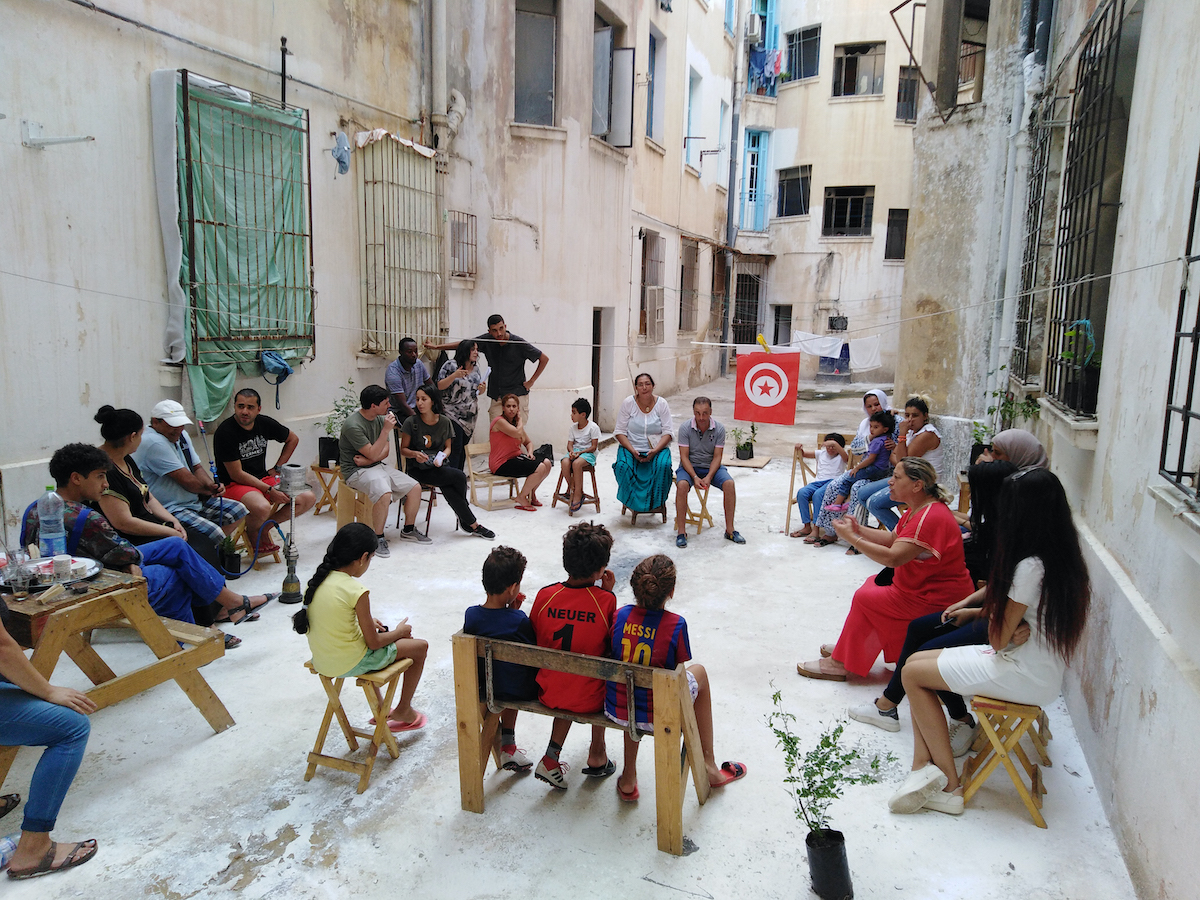
“Eltiqa is a unique example of a collective in Palestine,” Khalili says. “They produce paintings, sculpture and photography in a collective space that also supports young artists from Gaza. And they managed to do this without becoming an NGO. During the last May 2021 war on Gaza, a member of the group, Mohammed Hawajri, posted a comment on Facebook on what it means to show solidarity. He proposed going beyond the level of funding by showing the work of artists from Gaza. There needs to be support on an intellectual and artistic level, not just sending money. And so how do we use documenta as a resource to support another group that is also trying to produce something outside given structures of cultural production?”
With Berlin-based Syrian art collective Fehras Publishing Practices presenting “Borrowed Faces” — a hybrid archival research project on Arab globalization and political agency, as well as a fictional story on the female figures of Afro-Asian Solidarity Movement in Tashkent, Cairo and Beirut; Tunis-based El Warcha bringing their idea of the workshop to Kassel with a library and public art installation; and Sada curating an exhibition of commissioned video works from Baghdad, there’s a great deal of collective action and alliances from the Arab world at documenta 15.
It remains to be seen what artists as researchers, collaborators and thinkers can propose in a non-hierarchical format but this feels like a decisive shift in the way practices, and artists, from the region are presented on the global circuit — non-essentialized, transdisciplinary and more collaborative.
[ad_2]
Source link